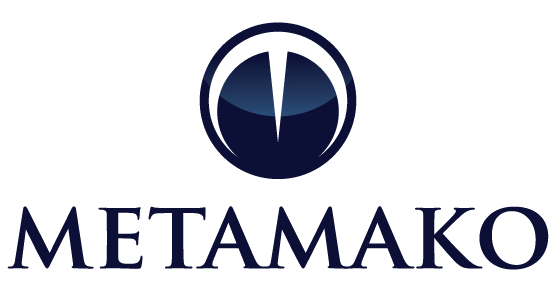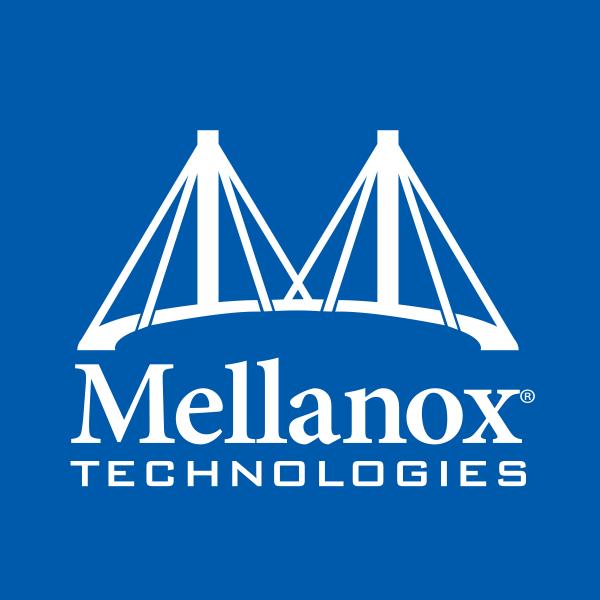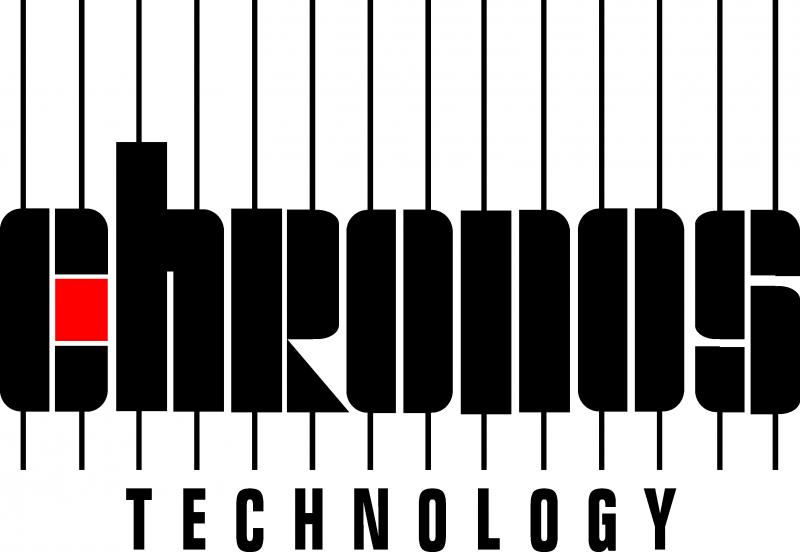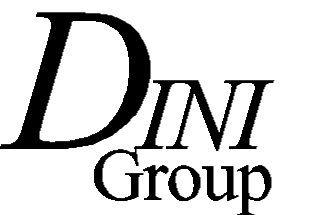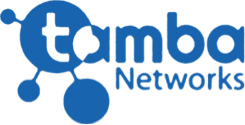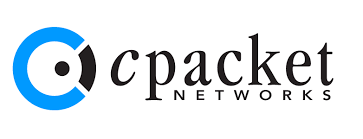STAC Summit, 26 Apr 2018, London
STAC Summits bring together industry leaders in architecture, app dev, infrastructure
engineering, and operational intelligence to discuss important technical challenges in
the finance industry. Come to hear leading ideas and exchange views with your peers.
WHERE
America Square Conference Center
17 Crosswall, London EC3N 2LB

Agenda
Click on the session titles to view the slides (may require member permissions).
 Big Compute
Big Compute
 Fast Compute
Fast Compute
 Big Data
Big Data
 Fast Data
Fast Data
AI from the Chief Investment Office to the Trading Desk: Collaborative Filtering for regime detection and Deep Learning for trades  |
|
|
Qplum is a hedge fund that successfully applies artificial intelligence techniques to trading and investment. As co-founder of the firm and a machine-learning expert, Gaurav will focus on two use cases in this talk. The first concerns Chief Investment Offices, which are growing their in-house machine learning teams to fine-tune their allocation to strategies, both traditional and alternative. Gaurav will present a novel approach to deciding asset and strategy allocations, inspired by research in recommender systems. The second is the application of Deep Learning to trading. Gaurav will discuss what techniques qplum has found useful, as well as what blind alleys they've gone down. With these cases as context, Gaurav will then address some of the technical and operational aspects of AI. What are the key bottlenecks in training and inference? Which software frameworks and which hardware platforms have proven most useful for those workloads? What does a deployment look like? What are the scaling challenges and the key drivers of cost? |
Oops, that’s our infrastructure? How to do AI at scale  |
|
|
So you’ve decided to invest in AI. Great. You’ve hired some bright data scientists. Check. And you buy them each a machine with a GPU, or maybe you let them spin up an instance in a public cloud. Fine. Now how do you enable them to scale beyond a single node? And how do you do it in a way that allows several data scientists with highly iterative AI workflows to share compute resources and large datasets? And how will they leverage both cloud and on-prem resources? According to Terry, these issues crop up very quickly when firms head down the AI route. And the most common solutions to these challenges only solve part of the problems, slow down the firm’s AI effort, and impose a high total cost. In this talk, Terry will argue for a different way of approaching scalable AI that requires less manpower and infrastructure while providing the firm with more agility. |
Making data science pay: Mastering the challenges of analytics operations |
|
|
Many asset managers, hedge funds, brokers, and other financial firms are under pressure today to improve profitability through better application of technology to data. Some of them are looking to extract value from new kinds of information, while others are more focused on improving the yield from data they already have. But all of them are turning to data science and its most intriguing subset, machine learning, to analyze these datasets. However, many enterprises struggle to derive business value from these analytics, irrespective of the scale of their data science investment. Putting the models into production so that they feed either human or automated decision systems is typically slow, ad-hoc, and expensive. Once in place, all too often the data quality is poor, the operational support is inadequate, and the model success decays over time. As a former quant who learned the hard way how to build effective analytics operations, Michel believes that CTOs and Heads of Research need to treat data-driven analytics as an industrial process. This does not mean squashing the creativity out of data scientists. On the contrary, Michel will argue that the right technology frameworks and end-to-end processes can liberate the creative energy of data scientists while maximizing the value they deliver to the business. In this talk, he will make his case. |
The STAC Cloud SIG    |
|
|
Increasing the use of public, private, or hybrid clouds is high on the agendas of many financial firms. However, when making cloud decisions, these firms face a number of questions and obstacles in areas like security, price-performance, and functionality. The new STAC Cloud Special Interest Group (SIG) is a group of financial firms and vendors that has set out to standardize methods of assessing cloud solutions, facilitate dialog and best practices, and guide a testing program. Peter will explain what it’s all about. |
Using FPGA for financial analytics: Has the programmability nut been cracked?  |
|
Field programmable gate arrays (FPGA) have long been used for ultra-low latency processing of network packets, such as parsing market data or sending trade-execution instructions. But the massive parallelism, high power efficiency, and growing memory capacity of FPGA technology have also held out promise for more compute-intensive workloads such as risk management, backtesting of complex trading strategies, and artificial intelligence. The main obstacle for FPGA in these areas has been development: programming the hardware has been a slow process requiring highly specialized skills. The FPGA ecosystem has tried many ways to make FPGA acceleration accessible to traditional software developers, but none has caught on to date. Is that about to change? In this panel, we will review the business requirements that FPGA solutions must meet, the latest ways to enable software developers to offload analytics to FPGA accelerators, and some of the key design considerations to get maximum performance from such applications. |
STAC Update: Big Data |
|
|
Peter will discuss the latest benchmark results involving big data workloads such as tick analytics and backtesting. |
Innovation Roundup |
|
| "Solving the market data ingestion problem" Edouard Alligand, CEO, QuasarDB |
|
| "Big Data Streaming Analytics and the Cloud" Barry Martin, Director of Technical Sales, X-IO Technologies |
|
| "Lenovo FSI Innovations" Dave Weber, Wall Street CTO & Director, Lenovo |
How to make best use of leading non-volatile memory technologies |
|
|
The non-volatile memory landscape has changed dramatically from a few years ago, with new offerings spreading out to occupy very different points along the axes of density, performance, and cost. What are the best ways to use these new offerings to meet business objectives? In this talk, Ken will discuss what we can learn about the answers these questions from test results and use cases in the field. |
Monitoring trading in an increasingly challenging environment  |
|
As automated and other electronic trading has grown, so has the challenge of monitoring the trading systems. On the one hand, firms now expect tools to extract as much business-level insight as possible from their monitoring data. On the other hand, things have gotten tougher at the infrastructure level. Competitive and regulatory forces have upped the performance required from the monitoring system while putting downward pressure on the cost per monitoring point. And as the infrastructure beneath trade flows becomes more fluid (think dynamically configured networks, private clouds, or even public clouds), the monitoring systems have to adapt. We’ll ask some experts for their perspective on the state of the monitoring art and what firms can do to stay ahead. |
Innovation Roundup |
|
| "Time Delivery Verification and Audit" Chris Farrow, Technical Services Manager, Chronos |
|
| "Using a Passive Anti-Jam Antenna to Combat GNSS Interference" Jean-Arnold Chenilleau, Senior Applications Engineer, Spectracom |
|
| “EndaceProbe as a Platform for Engineering Teams” Rob Earley, Senior Pre-Sales Engineer, EMEA and India, Endace |
|
| "Synchronizing datacenter visibility networks" Pablo Marín Jiménez, Field Application Engineer, Seven Solutions |
STAC Update: Time Sync |
|
|
Peter will provide the latest information regarding STAC-TS tools and research in the area of time synchronization, timestamping, and event capture. |
Innovation Roundup |
|
| “Bigger, Badder, Better!” David Riddoch, Chief Archictect, Solarflare Communications |
|
| “Reducing Latency and Jitter in FIX Trading” Andy Dorrett, Regional Sales Manager, A10 Networks |
|
| "Advanced FPGA technologies in trading: latest products from LDA." Vahan Sardaryan, Co-Founder and CEO, LDA Technologies |
The Big MAC Mystery: What is a MAC and how do you measure it? |
|
|
One of the most interesting recent developments in the latency race has been the growth of an end-user market for Medium Access Controller (MAC) products. For most of the history of networks, the MAC was a layer of functionality buried deep in network devices, far from the concern or scrutiny of the application developer. However, as more trading firms move their trading logic from software into FPGA-powered network hardware, a number of vendors have begun to expose their MAC logic as FPGA IP cores for sale. This has led to a problem that is common in nascent markets: significant confusion around product definition, differentiation, and performance claims. That is, vendors are offering different functionality under the MAC banner, accompanied by significantly different performance claims. In this talk, Matthew will propose a precise definition of the minimum feature set of a 10Gb/s Ethernet MAC, along with a range of potential methodologies to accurately and consistently measure MAC latency. |
Innovation Roundup |
|
| "Simplifying EMEA Equities" Patrick Lau, Director of Sales, Redline Trading Solutions |
|
| "Enyx Product Update" Laurent de Barry, Co-founder & Chief Sales Officer, Enyx |
|
| "Product Updates -Tick to Trade and Microwave" Yves Charles, VP Business Development, NovaSparks |
Spectre & Meltdown: Not necessarily a non-event for HFT |
|
|
As in every other industry, capital markets firms are paying great attention to the Spectre and Meltdown security threats and the potential performance impacts of mitigations offered by the vendor community. When it comes to HFT, it is now common to hear that OS and microcode patches have negligible effects. While that may be true in some cases, Jason believes that his testing reveals it is not always the case—in fact, he claims the impact can be quite significant. In this talk, Jason will present his evidence. |
About STAC Events & Meetings
STAC events bring together CTOs and other industry leaders responsible for solution architecture, infrastructure engineering, application development, machine learning/deep learning engineering, data engineering, and operational intelligence to discuss important technical challenges in financial services.
 |
 |
 |
|---|---|---|



